
Sensors are crucial for autonomous vehicles since they help them see and sense everything on the road and collect information for safe driving. Additionally, the information will be analyzed and examined to generate a path from one point to another point. It gives necessary guidance to the control of the car, such as braking, steering, and acceleration. Data acquired by sensors in autonomous vehicles such as obstacles on roads and traffic jams, can be transmitted between connected cars.
Cameras are among the most common tools for observing the surroundings. A camera captures light on a sensitive service (plane image) through a lens placed in front of the sensor to capture clear images of the surroundings. The vehicles perception system can recognize road signs, dividing lines, traffic lights, and barriers for road traffic vehicles and several other features for off-road vehicles.
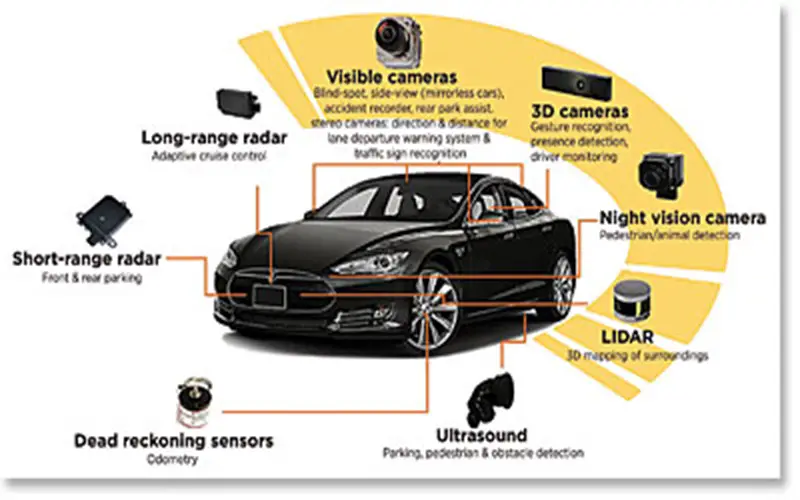
LIDAR is a distant sensing system that operates pulses of infrared or laser light that reflects off target objects. The instrument monitors these reflections and the time between sending and receiving the light bulbs allows for an estimate. The LIDAR scans its surroundings and creates a 3D representation of the scene a point cloud. The three main types of LIDAR senses that can be used in various applications are 1D, 2D, and 3D.
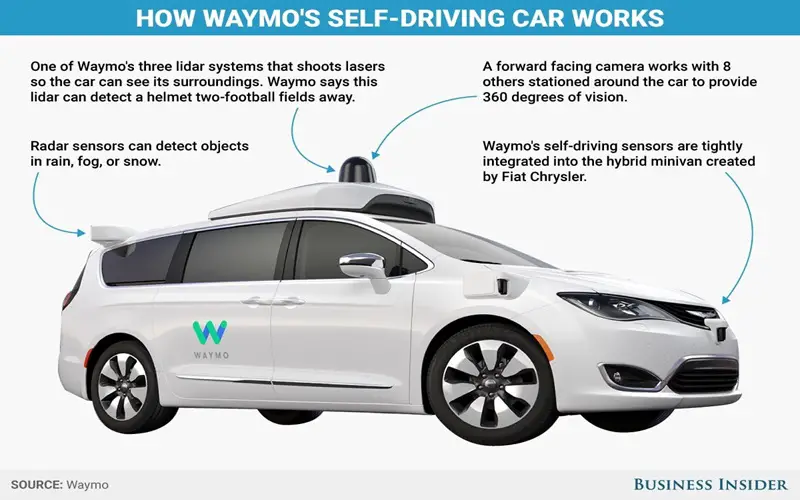
Radio Detection and Ranging sensors provide The automobile adjusting advantage in terms of range, speed, and weather additions, but cameras and LIDAR sensors fail to deliver critical information and specific surroundings. The time difference between the signal and antenna allows the sensor to calculate distance and speed compared to the vehicle. Several sensor configurations impact the transmission of signals, resulting in diverse data retrieval outcomes.

It is appropriate for a wide range of industrial detecting applications. They can identify items that are powered, solid, and liquid. Most ultrasonic sensors operate on their foundation of detecting the Times-of-Flight (ToF) of sound waves during transmission. It is crucial to ensure clear reception, car’s parking system can generate sound pressure levels, greater than 100 dB, comparable to the audible sound pressure produced by a jet engine.
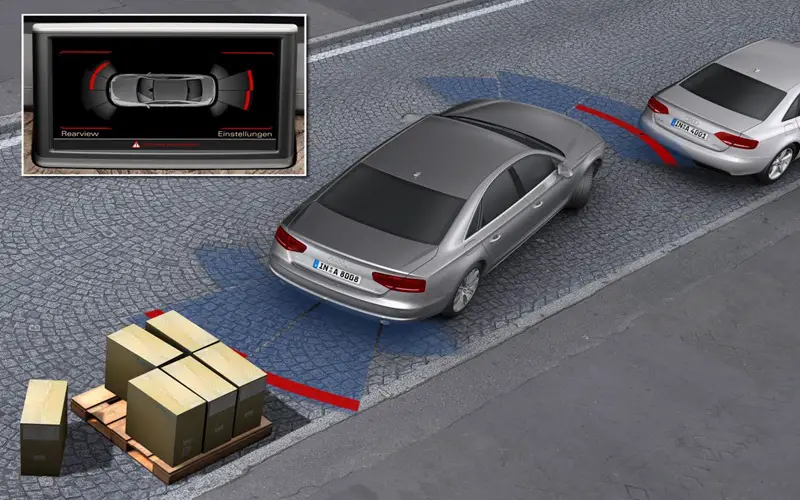
Autonomous vehicles utilize sensors as they give the vehicle information about its surroundings. Data is used for the car’s onboard computer for navigation. LIDAR, 3D cameras, and Radar are three crucial sensors for autonomous driving. The largest automobile manufacturers like Mercedes and BMW have picked LIDAR as their autonomous sensor.

Global Navigation Satellite Systems uses triangulation to determine the distance between several satellites and vehicles in geostationary orbit that are providing a time signal. It enables the system to identify the exact location of a receiver in three dimensions.
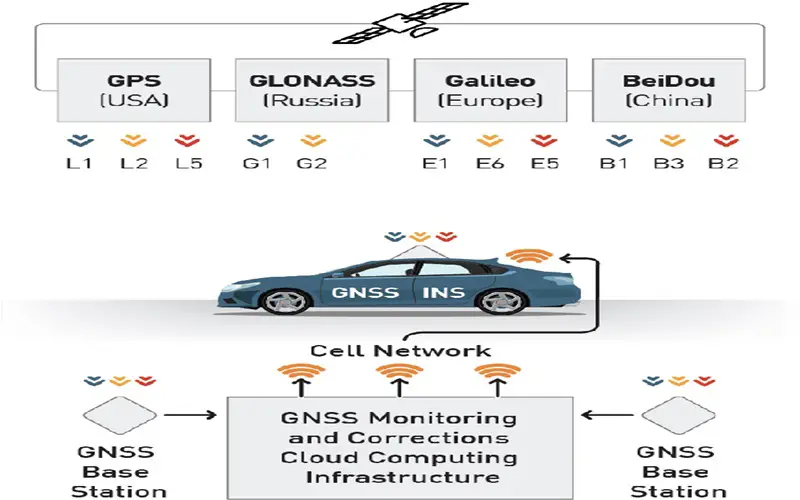
Encoders can be put directly on the wheels of self-driving cars to detect their travel speed or can be placed on the drive motor. Versions in magnetically coated stainless steel housings are available for this application. It can be possible through utilization of functionally safe and certified encoders having safe connectivity on rotational drive motors.
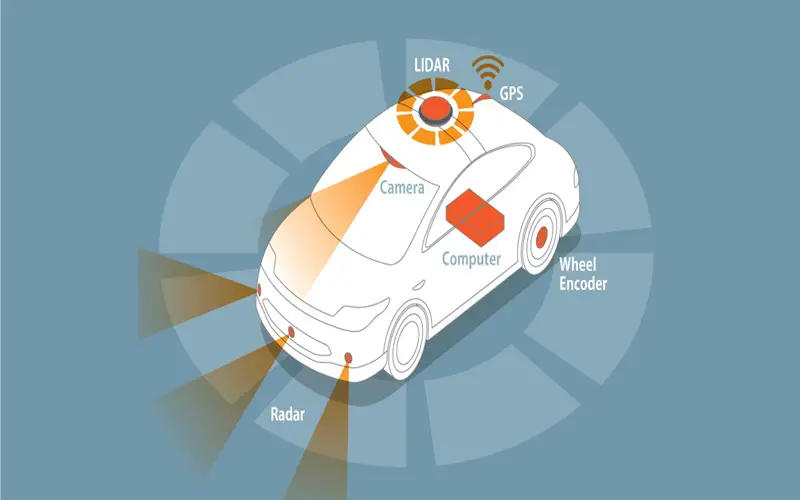
The IMU reports the vehicle’s current status to all requesting devices. The IMU assists operation of safety systems like airbag control units, and driver assistance systems. The data bus receives signal for pitch, roll rate signals, vertical acceleration, lateral, and longitudinal.
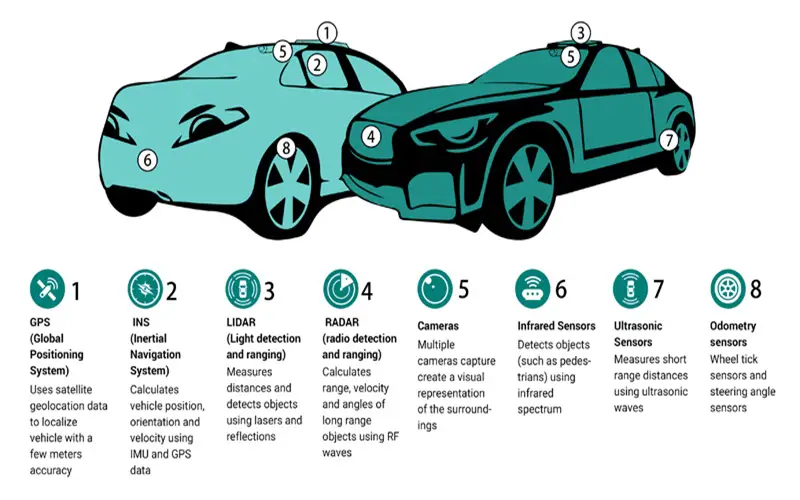
It calculates distance equivalent by obtaining information from sequential camera images. Wheel encoders are a typical form of odometry sensor. It improves navigational accuracy in vehicles that use any movement on any surface. The size of the wheel and how much it has turned enables the robot to estimate the distance and how far it traveled.
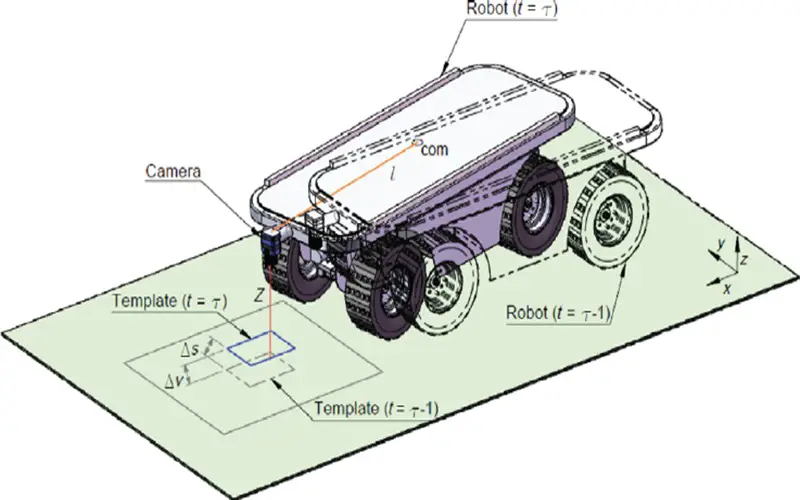
It is a sensor that controls engine temperature. The sensor also ensures a smooth cooling system. It can also alert the individual about the slow engine running or the radiator not working correctly.
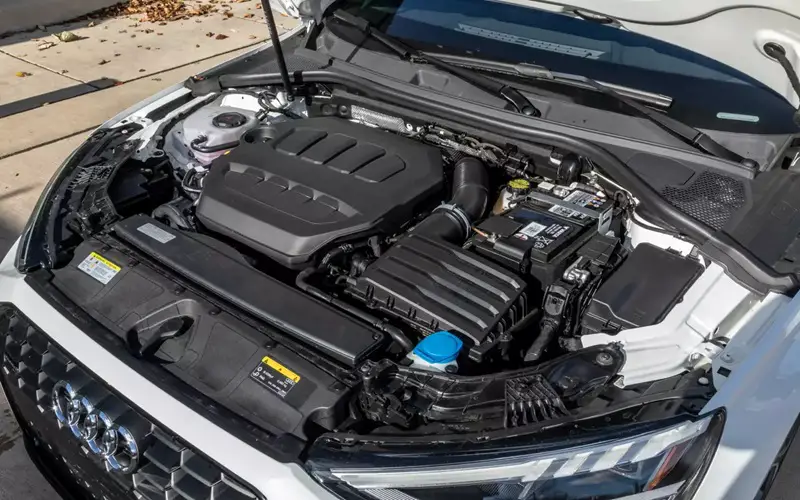
ARTICLES CLOUD
LATEST TECHNOLOGY ARTICLES
LATEST TECHNOLOGY NEWS